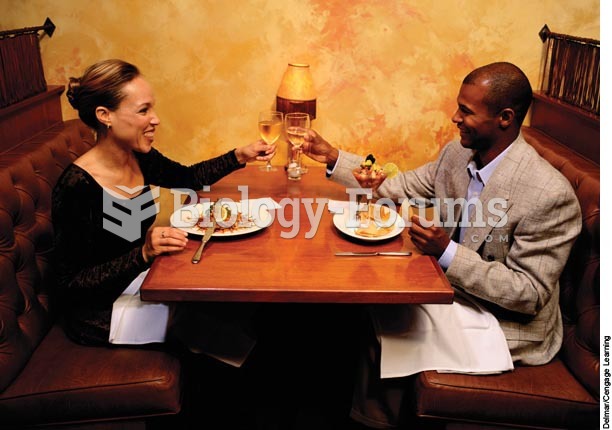Answer to Question 1
Coordination is the way that managers connect the discrete activities of the value chain.
Several factors influence value chain coordination:
a. Operational obstacles: MNEs regularly run into problems when trying to get the various links of their global value chain to deal with each other. Communication challenges especially arise when trying to synchronize languages or deal with different time zones. Well-planned coordination preempts these threats, letting workers worry less about what is supposed to happen with material transfers and product delivery and worry more about creating value.
b. National cultures: National cultures can also impose higher hurdles in coordinating a transaction from one stage of the value chain with another. Units anchored in different cultures may disagree over how much information they should share or who should take lead responsibility. Coordination can then suffer from conflict.
c. Learning effects: Learning effects refer to cost savings that come from learning by doing. Managers, for example, learn by recurrence how to transfer best practices from one country to another, such as innovative ways to improve internal and external customer service. Successfully transferred, an MNE can convert higher productivity into lower costs or higher customer satisfaction into higher prices.
d. Subsidiary networks: The current culmination of globalization trends is a world marked by real-time connectivity among the subsidiaries of an MNE. Subsidiaries around the world can exchange information freely through communication networks. Moreover, there are an astounding number of companies, including their affiliates, which engage in international business. Skills, ideas, and technologies can be created anywhere within an MNE's global network of subsidiaries. An increasingly vital task for managers, then, is to coordinate the company's value chain so that it can leverage the competencies developed within any subsidiary and apply them wherever they can create value within the firm's global network.
Answer to Question 2
A







